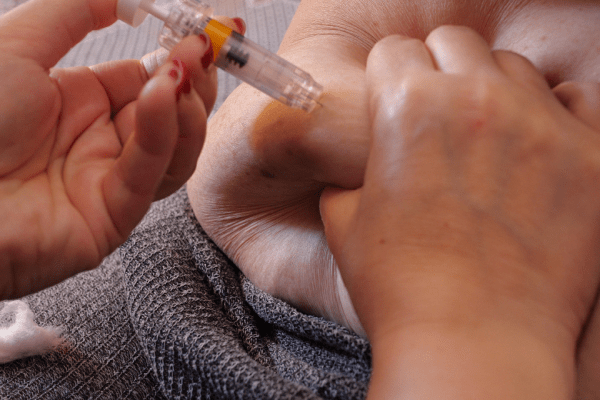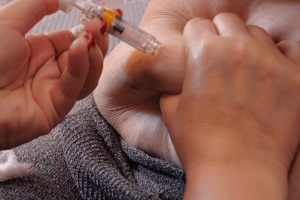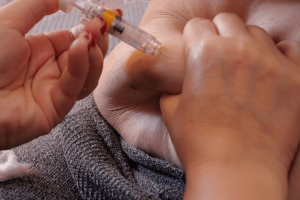What is the IVF? how is the IVF Gender Selection process?
In vitro fertilization (IVF) gender selection process. IVF is an assisted reproductive technology used to help couples conceive a child, and it can also be used to select an embryo of a desired gender.
The first step of the process is to collect eggs from the mother. This can be done through medication and hormone injections that stimulate the ovaries to produce multiple eggs. Once ready, the eggs are removed surgically from the mother’s ovaries via a procedure called oocyte retrieval.
Next, sperm from the father or a donor is collected and mixed with the eggs in a laboratory dish in a process called insemination. After some time passes, embryos will form from this combination of egg and sperm cells.
Then, embryos are tested for chromosomal abnormalities which can affect gender selection accuracy. This is done by taking a sample of cells from each embryo – called Preimplantation Genetic Testing (PGT). The samples are then sent to a lab where they are analyzed for any signs of abnormal chromosomes or genetic conditions that may interfere with successful pregnancy or result in medical complications after birth.
Finally, once tested embryos are identified as healthy, one or more viable embryos of the desired gender are selected and transferred into the mother’s uterus via catheter. After several days pass, doctors will perform a pregnancy test to determine whether implantation was successful or not.
IVF gender selection is not 100% accurate but it has been used successfully for many years with success rates ranging from 70-90%. It’s important to note that IVF gender selection is currently illegal in some countries so it’s important to check local laws before considering this option as part of your fertility treatment plan.
If you have any questions about IVF gender selection or would like more information about other fertility treatment options available, please don’t hesitate to contact us! We’re here to help!













